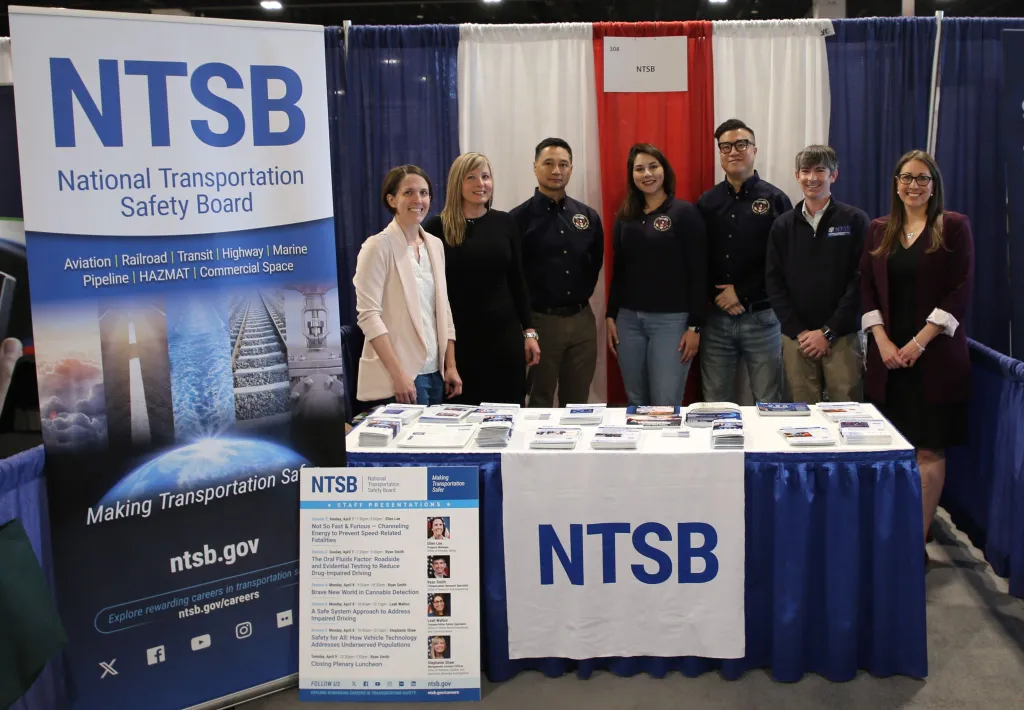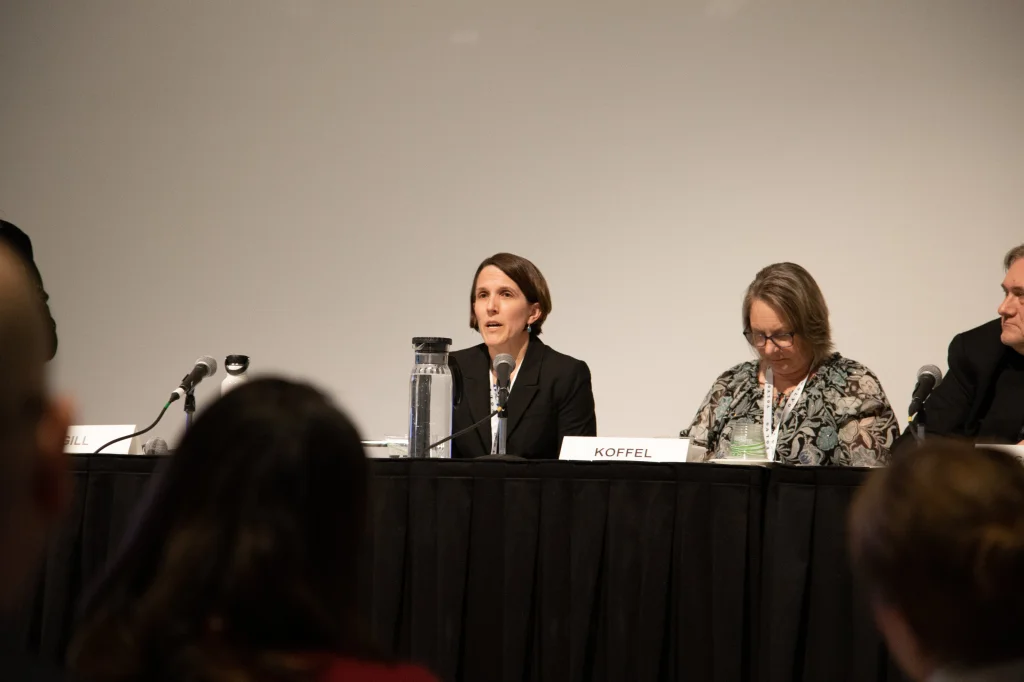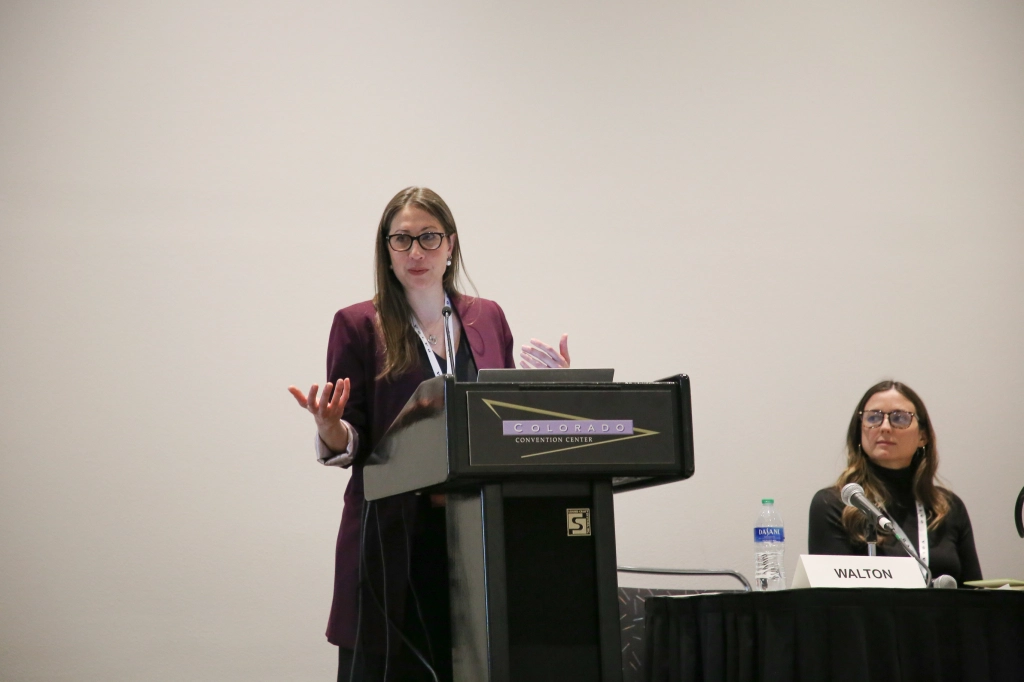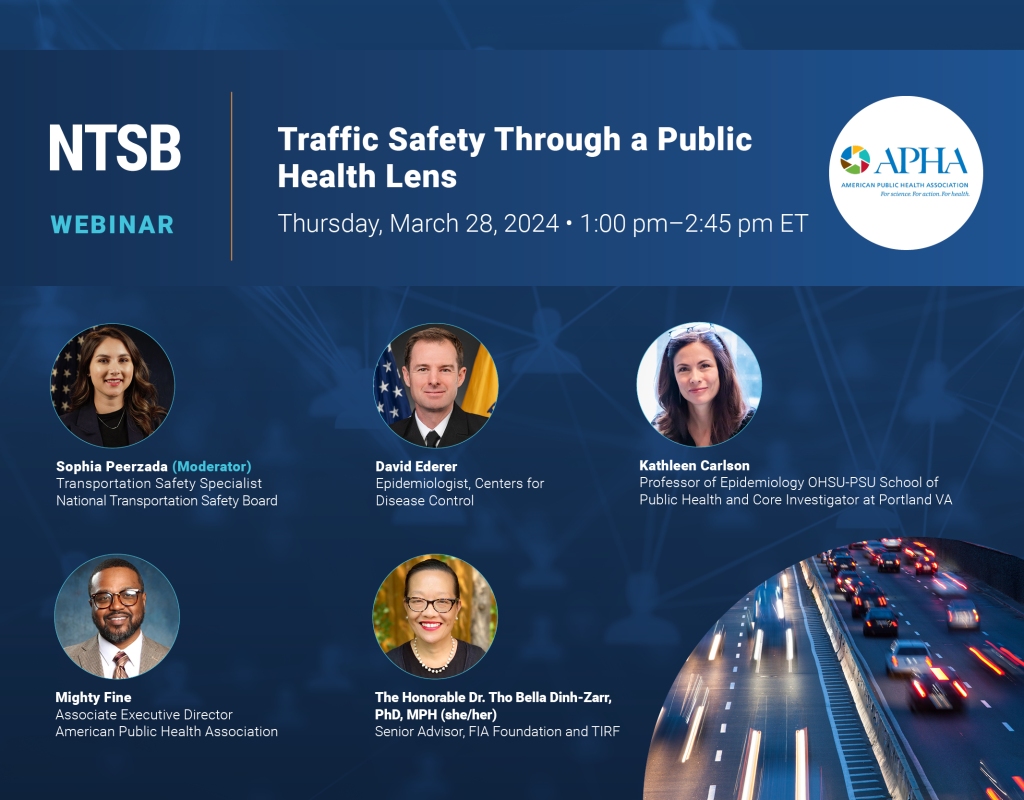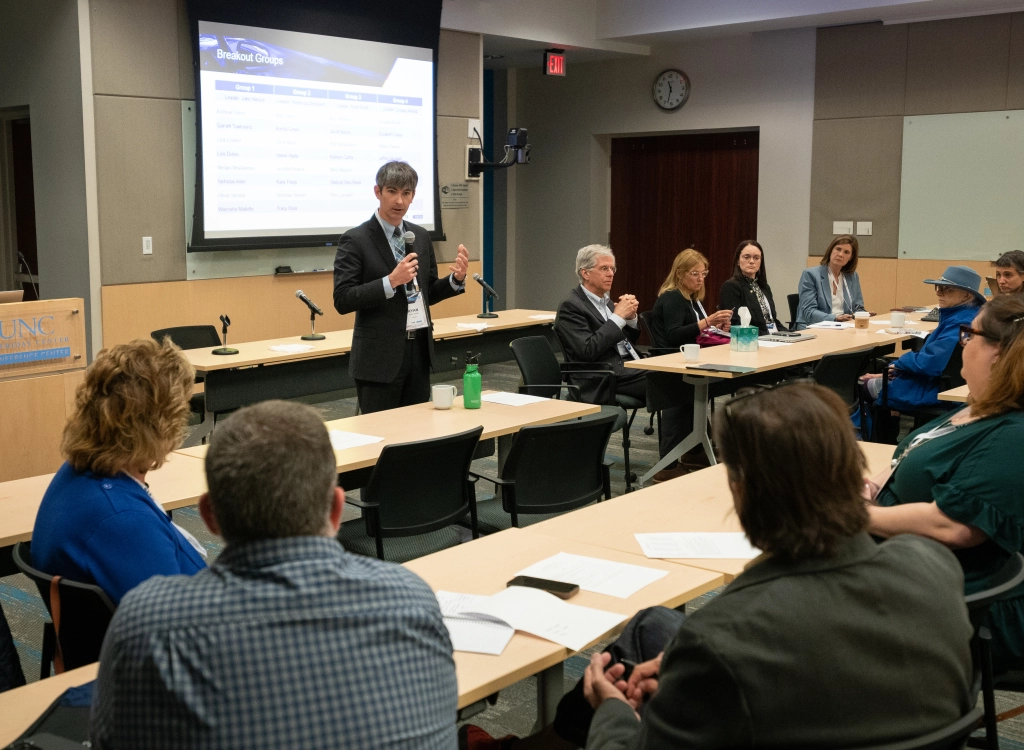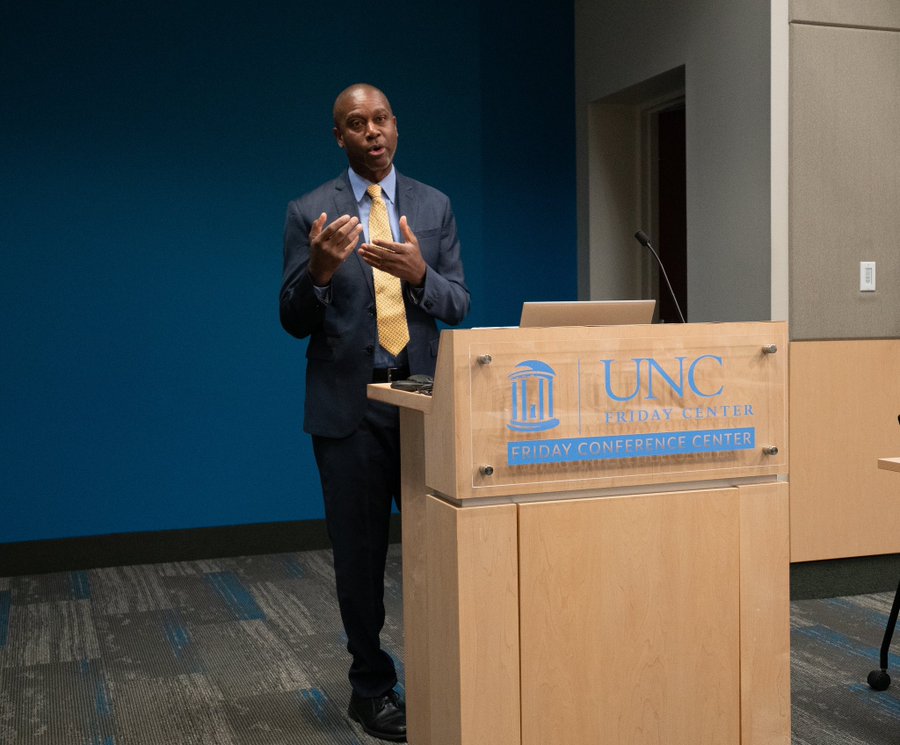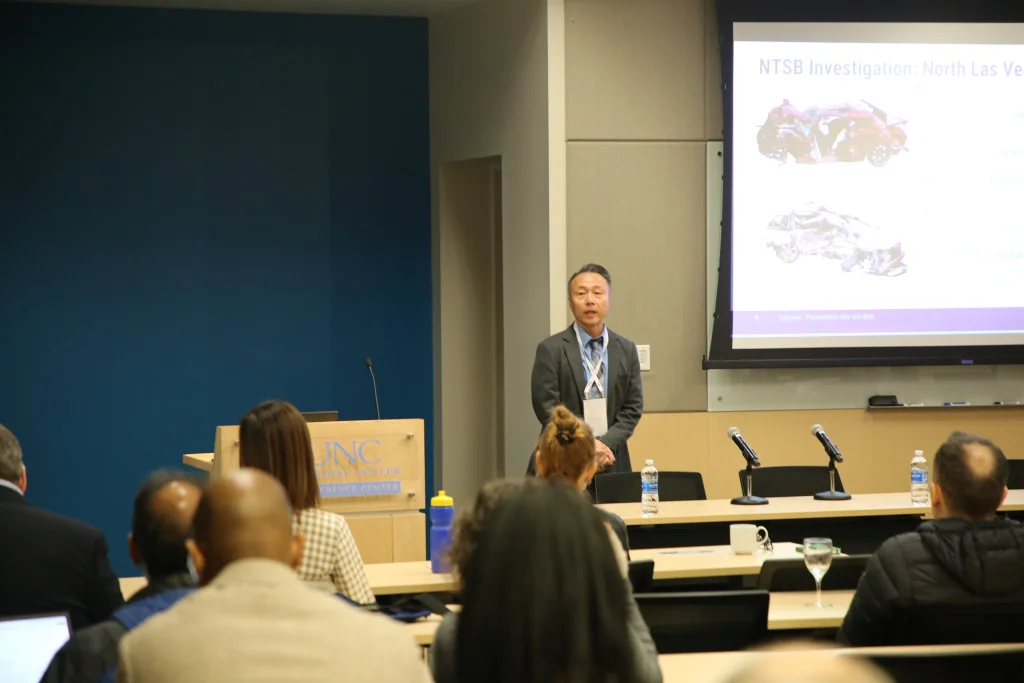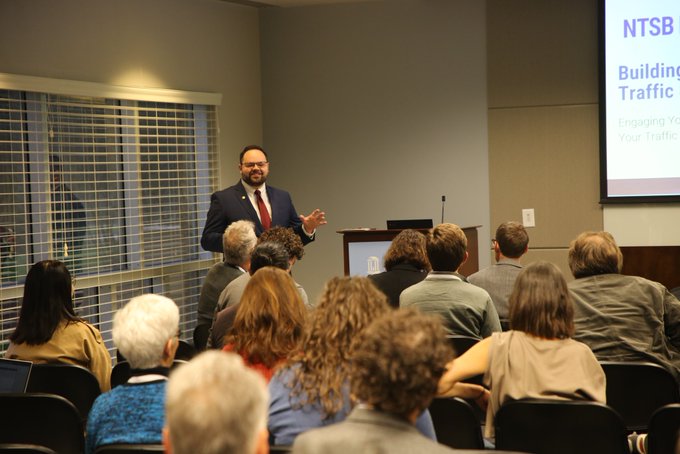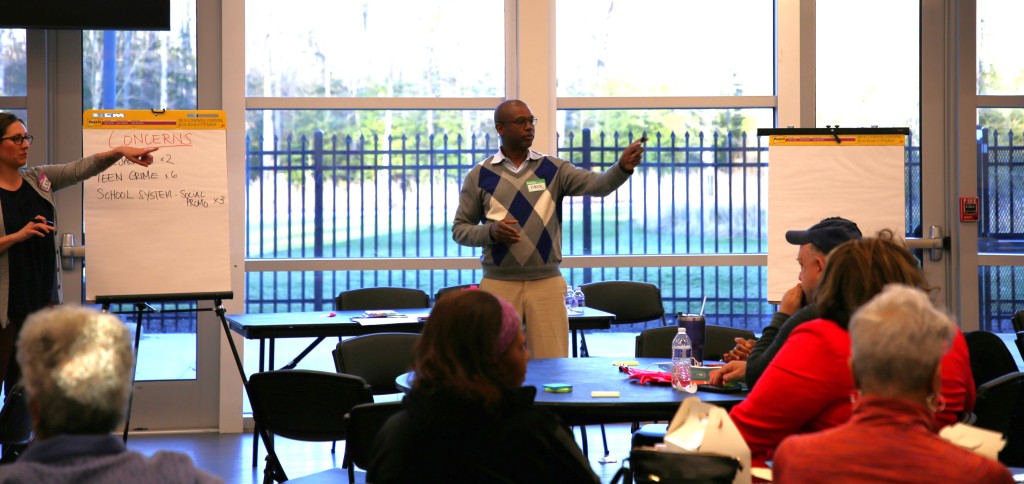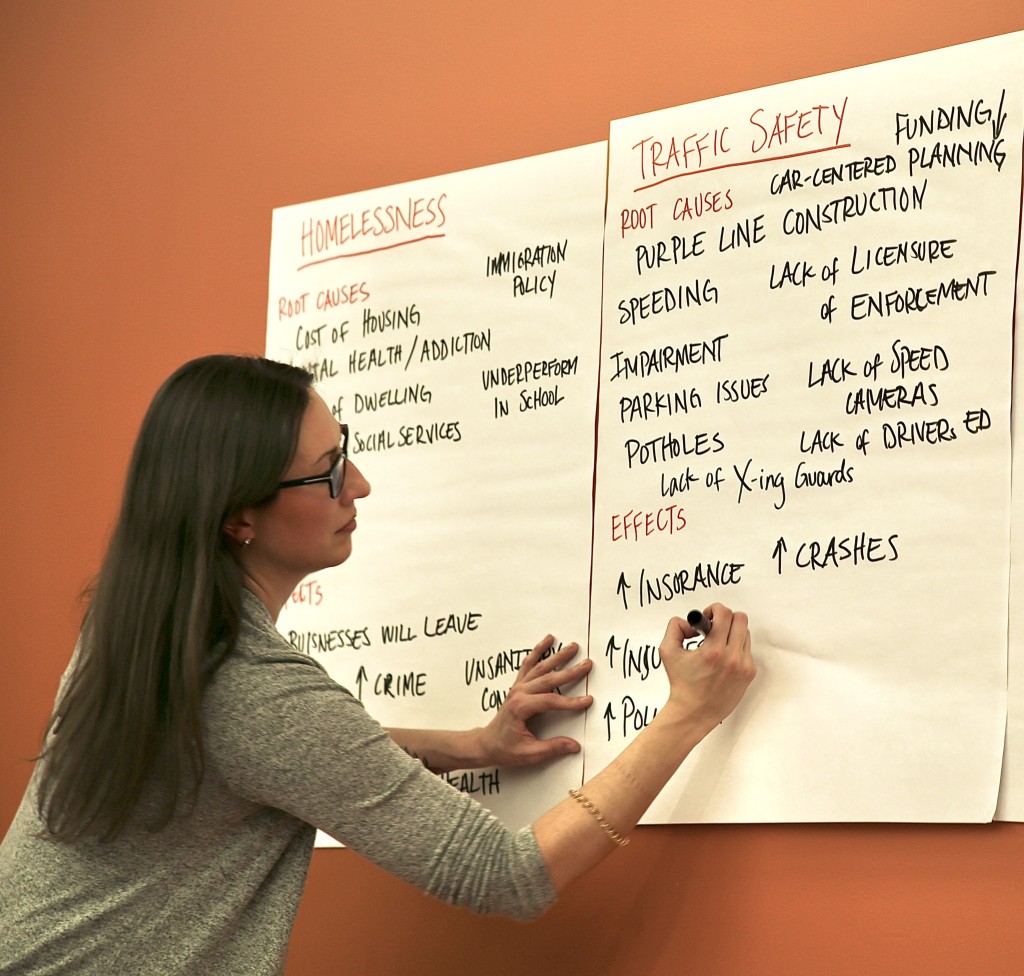Anthony Lam, NTSB Transportation Safety Specialist, Office of Safety Recommendations and Communications
In a significant move toward enhancing aviation safety, the Federal Aviation Administration (FAA) recently mandated safety management systems (SMSs) for Part 135 operators, Part 91.147 air tour operators, and certain aircraft manufacturers. This ruling comes in response to the pressing need for proactive safety measures in revenue passenger-carrying operations. The NTSB swiftly responded to this development in a recent press release, commending the FAA for its decisive action while also stressing the need for further measures to ensure comprehensive protection for all passengers.
The journey toward this milestone ruling has been marked by the NTSB’s longstanding advocacy for SMS implementation in revenue passenger-carrying operations. The NTSB made its first aviation safety recommendation on SMS in 2007. This recommendation led the FAA to require commercial air carriers (Part 121) to implement an SMS. The agency’s ongoing advocacy for these systems in other revenue passenger-carrying operations is evidenced by six open safety recommendations to the FAA regarding SMS between 2016 and 2022, namely:
- A-16-36: Require all Part 135 operators to establish safety management system programs.
- A-19-28: Require all commercial air tour operators, regardless of their operating rule, to implement a safety management system.
- A-21-13: Require SMSs for the revenue passenger-carrying operations addressed in Safety Recommendations A-21-9 and -10.
- A-21-14: For the revenue passenger-carrying operations addressed in Safety Recommendations A-21-9 and -10, provide ongoing oversight of each operator’s SMS once established.
- A-21-48: Require organizations that design, manufacture, and maintain aircraft to establish a safety management system.
- A-22-15: Develop guidance for small operators for scaling a safety management system that includes methods and techniques for implementation and specific examples applicable to several operational sectors, including air tours.

Additionally, NTSB advocacy events and initiatives on SMS, such as our 2020 Part 135 safety panel discussion, 2021 NTSB blog post, and 2023 SMS virtual roundtable on the importance of implementing SMS in small to midsized aviation operations further underscore our dedication to promoting SMS in other aviation sectors. These advocacy events and initiatives, among others, highlight the critical role of proactive safety measures in aviation operations and underscore the NTSB’s dedication to promoting SMS in the aviation sector.

The NTSB’s advocacy efforts, including the aforementioned events and initiatives, have played a crucial role in raising awareness and driving action toward SMS implementation in revenue passenger-carrying operations. These initiatives have paved the way for the FAA’s recent mandate, demonstrating the power of collaborative efforts in advancing aviation safety standards.
As we celebrate this milestone, it is imperative to acknowledge the collective efforts of all stakeholders involved. Moving forward, continued collaboration and proactive measures will be essential to addressing evolving risks and ensuring the comprehensive protection of passengers and crews alike. Together, we will continue to build a safer sky for all.

